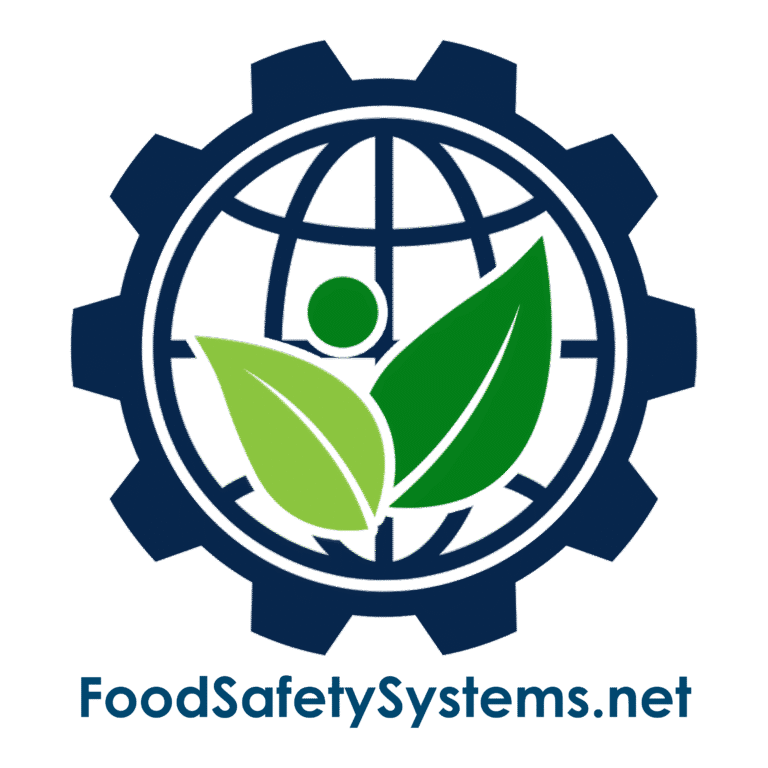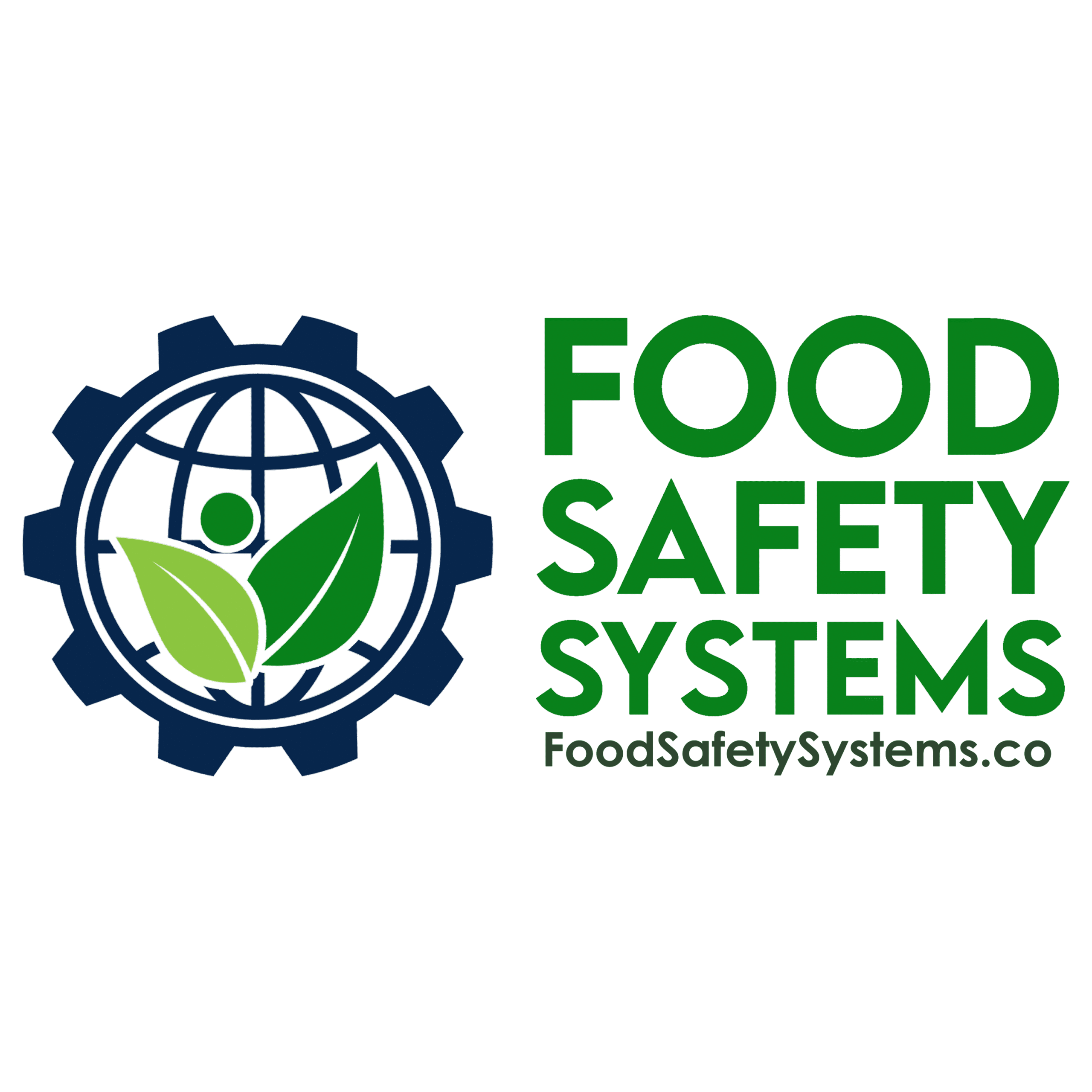Food Safety Culture Excellence Program

Optional Add-On – FSSC 22000 Food Safety Culture Assessment
Requirement Overview
The Food Safety Culture Excellence Program is a science-based assessment designed to evaluate, benchmark, and strengthen food safety culture across all organizational levels. Unlike traditional compliance checks, this program provides strategic insights into leadership, workforce behaviors, and organizational alignment to foster accountability and continuous improvement.
This program aligns with FSSC 22000’s emphasis on leadership, employee awareness, and management commitment. It supports organizations aiming to go beyond compliance by embedding food safety culture into their management systems and everyday practices.
Aligned with BRCGS for Storage & Distribution Issue 4 – Clause 4.3.1 & 4.3.3
Requirement Overview
BRCGS for Storage & Distribution requires that products moved via cross-docking are traceable and controlled at all times, even when they are not held in storage for extended periods.
Clause 4.3.1: “The company shall ensure that traceability is maintained at all stages, including during cross-docking operations.”
Clause 4.3.3: “Procedures shall be in place to ensure that all products handled, including those not stored on-site, remain under control and are not subject to contamination or substitution.”
Cross-docking operations must not compromise product traceability, safety, or integrity. Even with minimal handling and temporary presence, each product must be accurately identified, documented, and protected.

Key Compliance Objectives
-
✓ Measure cultural maturity using structured, validated criteria
✓ Identify strengths and gaps in food safety behaviors and leadership engagement
✓ Drive staff participation in culture-building activities
✓ Establish a continuous improvement framework for organizational culture
Step-by-Step Compliance Implementation
1. Establish a Food Safety Culture Assessment Program
-
Steps Include:
-
• Define scope and objectives for food safety culture assessment
• Assign an internal culture champion or cross-functional team
• Determine cultural maturity levels (e.g., Initial → Progressive → Leading)
Evidence to Maintain:
-
• Food safety culture program document
• Assigned internal culture team or leadership sponsor
• Defined evaluation criteria and communication plan
- • Define scope and objectives for food safety culture assessment • Assign an internal culture champion or cross-functional team • Determine cultural maturity levels (e.g., Initial → Progressive → Leading)
- • Food safety culture program document • Assigned internal culture team or leadership sponsor • Defined evaluation criteria and communication plan
2. Conduct a Culture Assessment
-
Key Dimensions Evaluated:
-
• Vision & Values
• Leadership & Accountability
• Employee Engagement & Communication
• Responsiveness & Continuous Learning
Assessment Methods:
-
• Anonymous surveys and questionnaires across departments
• Interviews or small focus group sessions
• Review of existing policies, leadership behaviors, and communications
Evidence to Maintain:
-
• Completed survey data and participation logs
• Assessment summary reports with benchmarking results
• Records of deviations and corrective action triggers
- • Vision & Values • Leadership & Accountability • Employee Engagement & Communication • Responsiveness & Continuous Learning
- • Anonymous surveys and questionnaires across departments • Interviews or small focus group sessions • Review of existing policies, leadership behaviors, and communications
- • Completed survey data and participation logs • Assessment summary reports with benchmarking results • Records of deviations and corrective action triggers
3. Analyze Results and Identify Focus Areas
-
Review Insights On:
-
• Leadership involvement and visibility
• Employee understanding of food safety roles and responsibilities
• Organizational responsiveness to issues or incidents
• Communication effectiveness and procedural clarity
Evidence to Maintain:
-
• Food safety culture assessment report
• SWOT analysis or gap assessment findings
• Feedback summaries from employee engagement
- • Leadership involvement and visibility • Employee understanding of food safety roles and responsibilities • Organizational responsiveness to issues or incidents • Communication effectiveness and procedural clarity
- • Food safety culture assessment report • SWOT analysis or gap assessment findings • Feedback summaries from employee engagement
4. Take Corrective Action and Verify Effectiveness
-
When Contamination is Detected:
-
• Conduct immediate cleaning and resampling
• Perform root cause investigation (e.g., equipment design flaws, personnel practices)
• Update sanitation procedures or increase cleaning frequency as needed
Evidence to Maintain:
-
• Corrective action reports with verification results
• Post-cleaning lab test results
• Revised sanitation SOPs and staff training documentation
- • Conduct immediate cleaning and resampling • Perform root cause investigation (e.g., equipment design flaws, personnel practices) • Update sanitation procedures or increase cleaning frequency as needed
- • Corrective action reports with verification results • Post-cleaning lab test results • Revised sanitation SOPs and staff training documentation
5. Develop and Execute a Culture Action Plan
-
Plan Components:
-
• Culture improvement objectives and measurable KPIs
• Leadership commitments and communication strategies
• Training, awareness, and engagement programs
• Defined timelines and responsibility assignments
Evidence to Maintain:
-
• Documented action plan with approval and version control
• Training records and employee participation data
• Progress-tracking reports and performance reviews
- • Culture improvement objectives and measurable KPIs • Leadership commitments and communication strategies • Training, awareness, and engagement programs • Defined timelines and responsibility assignments
- • Documented action plan with approval and version control • Training records and employee participation data • Progress-tracking reports and performance reviews
Common Audit Findings & Recommended Fixes
| Common Issue | Recommended Action |
|---|---|
| Low staff engagement in surveys | Communicate purpose clearly and ensure anonymity |
| No follow-up after assessment | Build an actionable plan with assigned responsibilities |
| One-time effort, no continuity | Integrate culture goals into annual management reviews |
| Lack of leadership visibility | Involve top management in feedback and communication |
Auditor Verification Checklist
Auditors under FSSC 22000 will expect:
-
• Documented evidence of food safety culture assessments (EMP)
• Employee engagement data and survey metrics
• Culture action plans addressing identified gaps
• Records of leadership commitment and continuous follow-up
Implementation Roadmap
Step 1: Prepare
-
✓ Define food safety culture goals and appoint culture leaders
✓ Develop communication and engagement strategies
Step 2: Assess
-
✓ Conduct surveys, interviews, or workshops
✓ Analyze participation and collect cross-level feedback
Step 3: Analyze
-
✓ Benchmark results and identify cultural gaps
✓ Share findings with management and staff
Step 4: Act
-
✓ Implement a cultural improvement roadmap
✓ Integrate culture objectives into FSQMS reviews and management meetings
Why This Matters?
-
✓ Builds a proactive, people-focused food safety culture
✓ Strengthens workforce ownership and accountability
✓ Enhances auditor confidence and aligns with FSSC 22000 leadership expectations
✓ Elevates brand reputation and stakeholder trust
Support Tools Available
Food Safety Systems provides:
-
✓ Food safety culture assessment templates and benchmarking tools
✓ Employee survey kits and communication guides
✓ Culture improvement action plan worksheets
✓ Integration support with FSSC 22000 Food Safety Management Systems
Privacy Policy | Terms of Service
Powered by interlinkIQ.com, Developed by ITBlaster.net, Owned and Operated by Consultare Inc. Group, A Compliance Company. All Rights Reserved.







